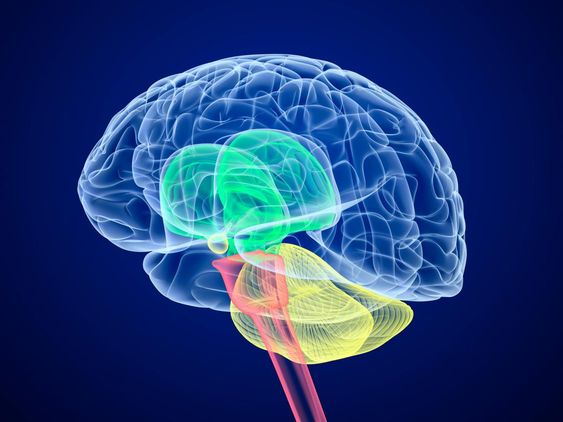Cerebral Palsy: Symptoms, Causes, Management & Treatment
Cerebral palsy (CP) is a group of permanent movement disorders that affect muscle coordination and body movement. It primarily develops during early childhood due to brain damage or abnormal brain development. Let’s explore the key aspects of CP:

Introduction
Cerebral palsy is a complex condition with varying degrees of severity. It can result from prenatal, perinatal, or postnatal factors. Early diagnosis and intervention are crucial for improving quality of life.
Symptoms
- Motor Impairments:
- Spastic CP: Stiff muscles, difficulty moving, and exaggerated reflexes.
- Dyskinetic CP: Involuntary, uncontrolled movements (chorea, athetosis).
- Ataxic CP: Balance and coordination issues.
- Associated Challenges:
- Speech and Communication: Difficulty speaking or using communication devices.
- Intellectual Disabilities: Varying cognitive impairments.
- Sensory Issues: Vision, hearing, or touch sensitivities.
Causes
- Prenatal Factors:
- Brain Malformation: Abnormal brain development during pregnancy.
- Infections: Maternal infections (e.g., rubella, cytomegalovirus).
- Genetic Factors: Mutations affecting brain function.
- Perinatal Factors:
- Birth Complications: Oxygen deprivation during delivery.
- Premature Birth: Underdeveloped brain structures.
- Postnatal Factors:
- Brain Injury: Trauma, infections, or lack of oxygen after birth.
- Jaundice: Severe jaundice leading to brain damage.
Management & Treatment
- Early Intervention:
- Physical Therapy: Improve muscle strength and coordination.
- Occupational Therapy: Enhance daily living skills.
- Speech Therapy: Improve communication.
- Medications:
- Muscle Relaxants: Manage spasticity.
- Anticonvulsants: Control seizures (common in CP).
- Assistive Devices:
- Orthotics: Braces or splints to improve mobility.
- Communication Aids: Speech-generating devices.
- Surgical Interventions:
- Selective Dorsal Rhizotomy: Reduces spasticity.
- Orthopedic Surgeries: Correct skeletal deformities.
Remember, each individual with cerebral palsy has unique needs. A multidisciplinary approach involving therapists, educators, and caregivers is essential for optimal outcomes.

.jpg)